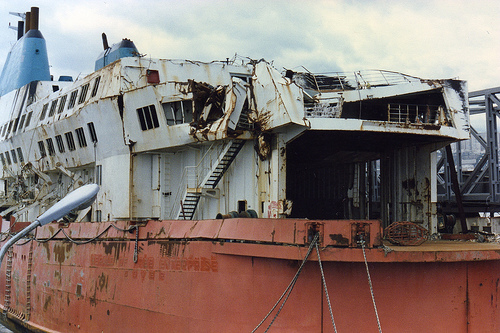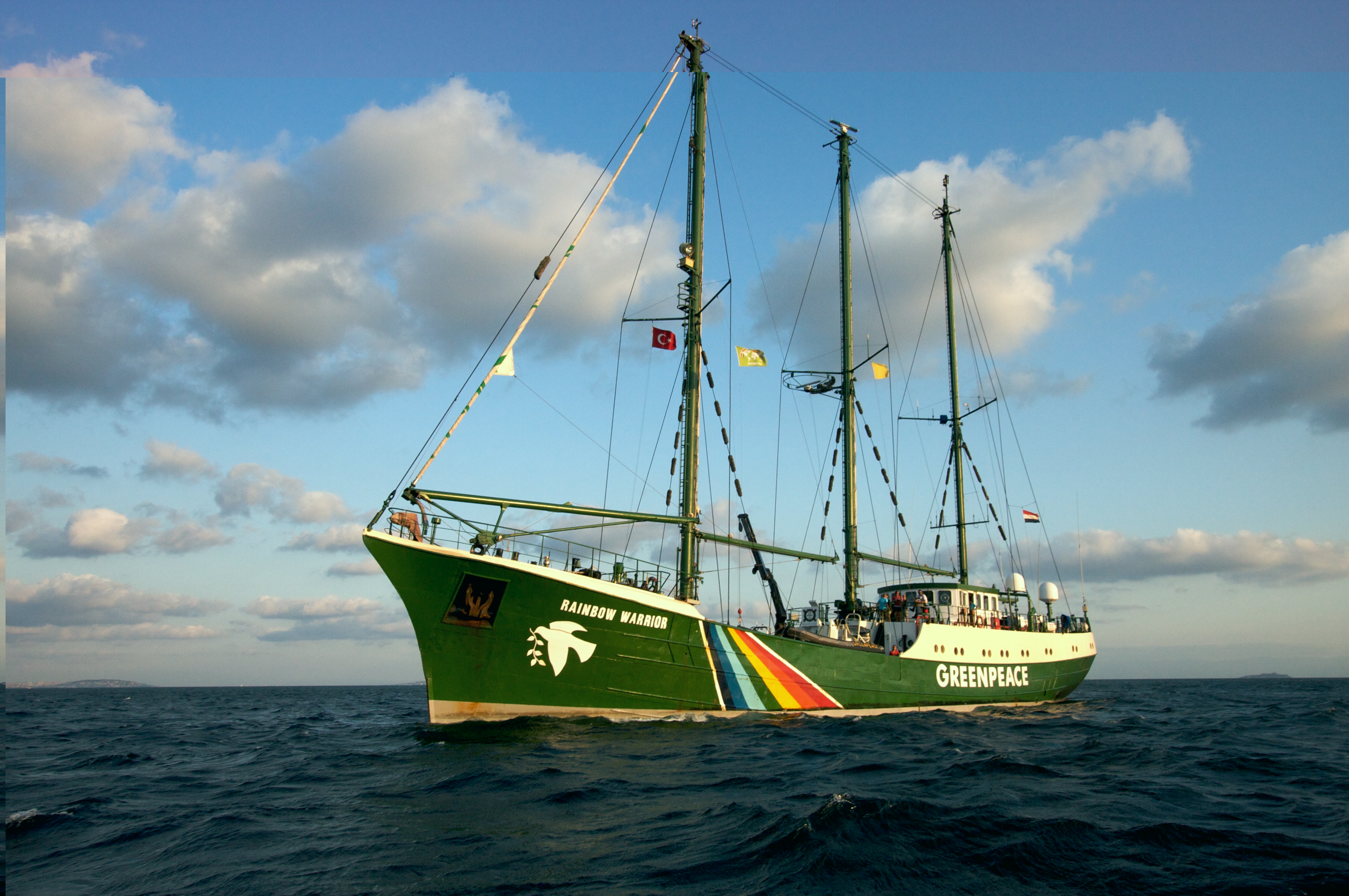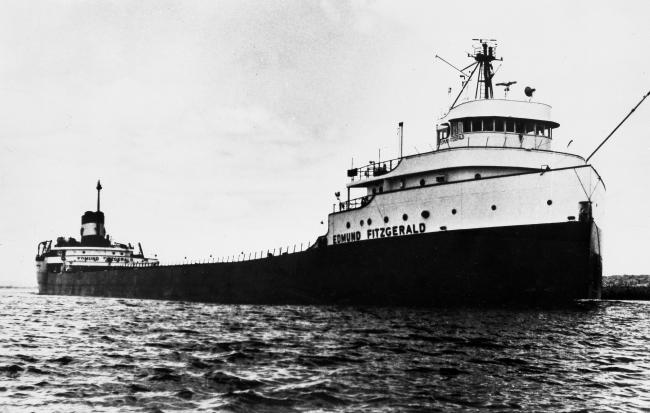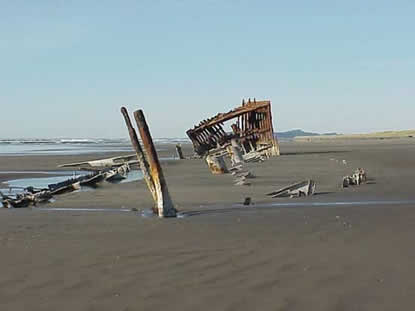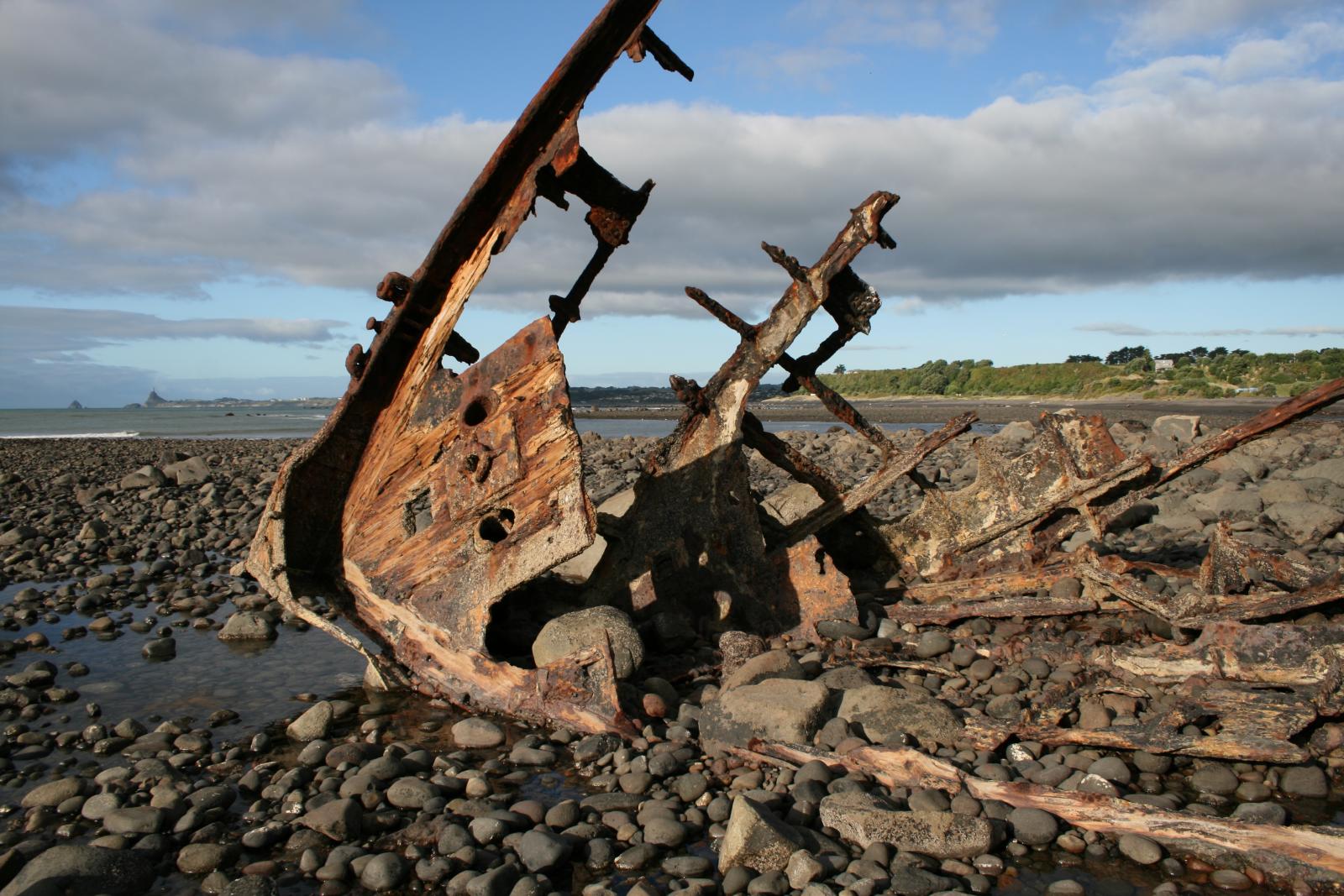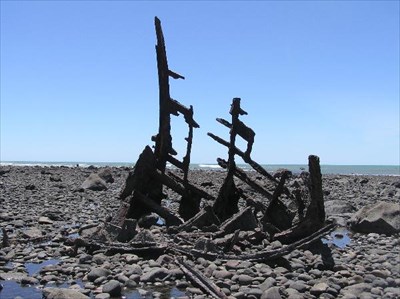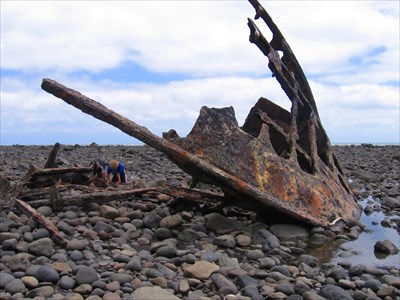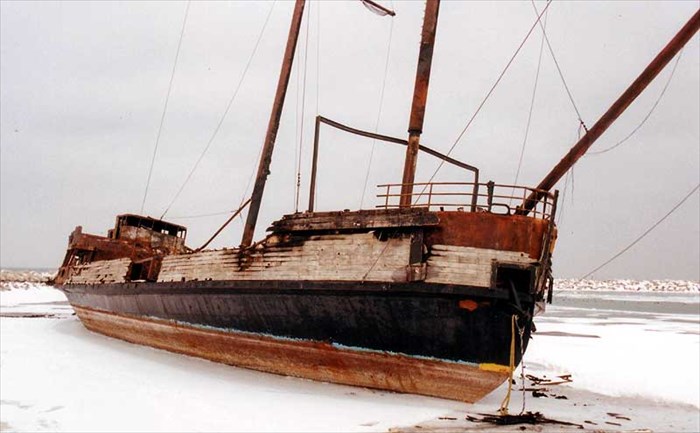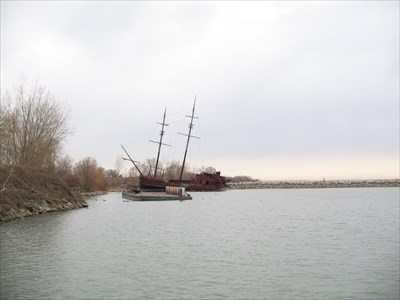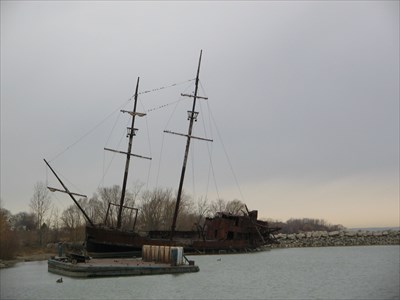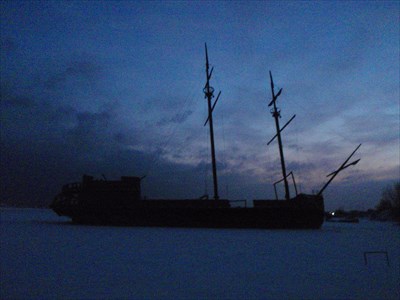
1987: Hundreds trapped as car ferry capsizes
Rescuers say more than 400 people have been brought out of the ship alive. Many have been taken to hospitals in Bruges and Blankenburg suffering from cuts and bruises, hypothermia and shock.
Divers are still searching the upturned hull of the Herald of Free Enterprise for air pockets in which passengers may have survived. But hope is fading of finding anyone alive.
The tragedy happened just before 1900 GMT as the Townsend Thoresen ferry left Zeebrugge bound for Dover with 650 passengers on board, many of them Sun readers who had taken advantage of the newspaper's offer on a cut-price day trip to the Continent.
No time to send SOS
It is not clear how the disaster happened. Survivors say the boat went over in seconds and began filling rapidly with water. There was no time to send an SOS.
The only way out for many was to smash windows and clamber onto the side of the ship and wait to be lifted off.
Rescue helicopters, including two RAF Sea Kings, were at the scene within minutes. Dutch and Belgian boats in the area were also diverted to help in the rescue operation.
Maureen and Frank Bennett, from Crawley in Sussex, had been on a day trip to Belgium with their daughter and her boyfriend to celebrate their wedding anniversary.
From her hospital bed, Mrs Bennett said: "It was so cold...all we wanted to do was just get out. It was so frightening, it really was."
She was being filmed by a BBC camera crew when a member of the hospital staff brought her the news her daughter had been found and was safe and well. She burst into tears and said, "She's alive, she's alive. Thank God."
Human bridge
Another woman told how her husband had made himself into a human bridge so she and her daughter could climb across to safety - but when she called to him to follow he said there were others who needed help getting out. He has not been seen since.
The Queen has sent a message of sympathy. The Duke and Duchess of York have gone to Belgium on her behalf.
The Prime Minister, Margaret Thatcher, has flown to Zeebrugge. She paid this tribute to the emergency services: "It has been a night of great courage and a night of great professionalism and of concern on the part of all the rescue services."
Questions are already being asked about how the ferry tipped over so fast. It appears the water may have got in through the bow doors.
Managing director of Townsend Thoresen Peter Ford said: "The doors on these ships are held by massive hydraulic rams... they don't just pop open."

